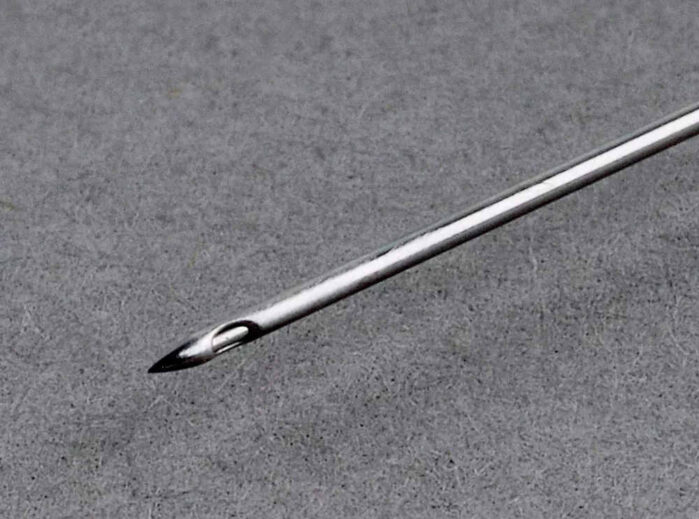A spinal needle is a specialized needle designed for performing spinal procedures, including spinal anesthesia, spinal taps, and spinal blocks. Spinal needles are available in a range of sizes, colors, and types, each with unique characteristics that make them suitable for specific applications. In this article, we will introduce spinal needles, discuss their sizes and colors, and explore the characteristics and types of disposable spinal needles.
Spinal Needle Introduction:
A spinal needle is a long, thin needle with a sharp tip and a hollow center. The needle is designed to penetrate the skin, muscle, and connective tissue of the back to reach the spinal canal. Once the needle reaches the spinal canal, it can be used to administer medications or remove cerebrospinal fluid.
Sizes and Colors:
Spinal needles are available in a range of sizes, typically measured in gauge (G). The gauge refers to the diameter of the needle, with smaller gauges indicating larger diameters. Common sizes of spinal needles range from 18G to 27G, with 22G and 25G being the most commonly used sizes for spinal anesthesia.
Spinal needles are also color-coded to indicate their size. The International Organization for Standardization (ISO) has established a color-coding system for medical needles, with different colors representing different sizes. For spinal needles, the color-coding system is as follows:
- 18G – Pink
- 20G – Yellow
- 22G – Black
- 25G – Orange
- 27G – Grey
Characteristic of Disposable Spinal Needles:
Disposable spinal needles are single-use devices designed for one-time use. They are typically made from high-quality stainless steel, which is durable and corrosion-resistant. Disposable spinal needles are also designed with a unique beveled tip, which makes it easier to penetrate the skin and reach the spinal canal. The bevel angle of the needle can vary, with larger angles allowing for easier penetration but potentially causing more trauma to the surrounding tissue.
Types of Disposable Spinal Needles:
There are two main types of disposable spinal needles: pencil-point and cutting-edge. Pencil-point needles have a rounded tip and are less likely to cause tissue trauma or post-dural puncture headache (PDPH). Cutting-edge needles have a sharp, triangular tip and are better suited for penetrating tough tissue, but they may cause more tissue trauma and a higher risk of PDPH.
Another type of spinal needle is the atraumatic needle, which is designed to minimize tissue trauma and reduce the risk of PDPH. Atraumatic needles have a rounded or curved tip that is less likely to cause damage to the surrounding tissue.
In conclusion, spinal needles are specialized medical devices used for performing spinal procedures. They are available in a range of sizes and colors, with unique characteristics and types designed for specific applications. When selecting a spinal needle, it is important to consider factors such as gauge size, color, bevel angle, and tip design to ensure optimal safety and efficacy. Always consult with a medical professional to determine the appropriate spinal needle for your specific procedure.








